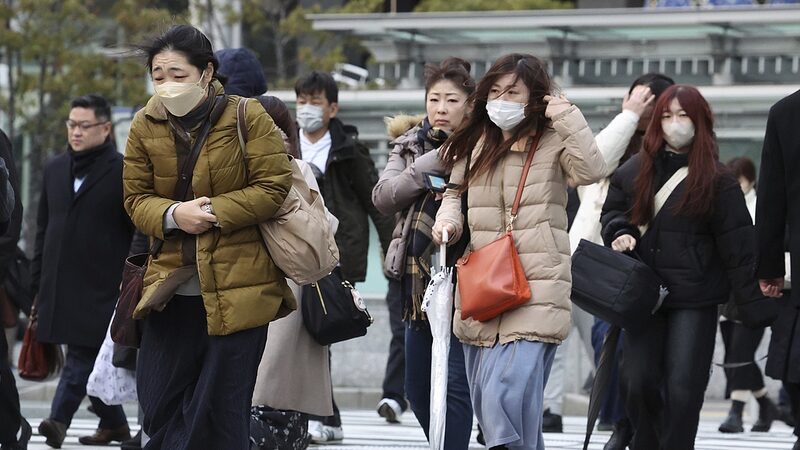Japan is grappling with an unprecedented flu outbreak, with cases skyrocketing to a record high since late December last year. According to the National Institute of Infectious Diseases, from September 2, 2024, to January 26, 2025, the country has seen approximately 9.523 million flu cases.
Amid this surge, panic buying has hit hospitals and pharmacies hard, leading to significant shortages of essential flu medications. Reports from China Media Group highlight that uneven stock distribution and excessive hoarding by certain medical institutions have exacerbated the situation.
The Ministry of Health, Labor, and Welfare revealed on January 11, 2025, that the final week of December 2024 saw the highest weekly flu caseload since records began in 1999. During that week, around 5,000 medical institutions reported a staggering 317,812 patients, averaging 64.39 cases per facility—far above the government’s warning threshold of 30.
In response, health officials have been urging everyone to stay safe by wearing masks 😷 and practicing thorough handwashing 🧼. These measures are crucial in slowing the spread of the virus.
Adding to Japan's woes, a significant outbreak of avian influenza has led to the culling of approximately 5 million chickens and other birds across five prefectures in January. The Ministry of Agriculture, Forestry and Fisheries warns that these outbreaks are not slowing down and may continue to escalate, possibly breaking existing records. This situation has also impacted the economy, with egg prices soaring by 15% since the start of the year 🥚📈.
As Japan navigates through these challenging times, the collective effort of citizens and authorities remains crucial in managing both the human and avian influenza outbreaks.
Reference(s):
Panic buying causes drug shortages in Japan amid flu outbreak
cgtn.com




